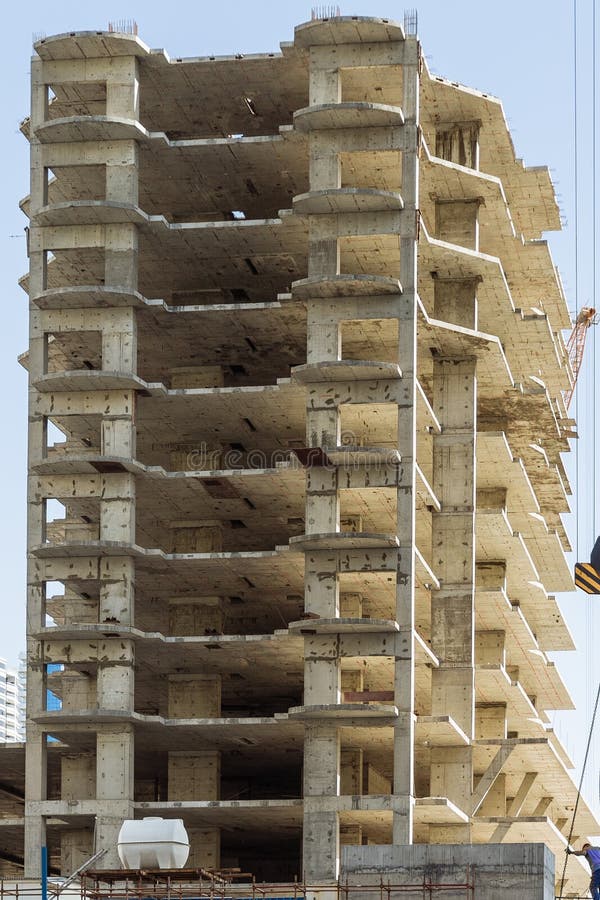
Curing is also a key player in mitigating cracks in the concrete, which can also severely impact durability. The result of this process is increased strength and decreased permeability, both of which improve durability in well proportioned concrete. This permits the chemical reactions between cement and water to take place. Curing in ConstructionĬuring is the process in which the concrete is protected from loss of moisture and kept within a reasonable temperature range.

Conductive ConcreteĬoncrete does a very good job of reflecting solar energy. Solar reflectance of the portland cement itself has the greatest effect on concrete reflectance: the higher the cement reflectance, the higher the concrete reflectance.

In addition, whenever air temperature at the time of concrete placement is below 40 degrees Fahrenheit and freezing temperatures within the first 24 hours after placement are expected, the following general issues should be considered: (1) initial concrete temperature as delivered (2) protection while the concrete is placed, consolidated, and finished, and (3) curing temperatures to produce quality concrete. Rule number one is that all concrete must be protected from freezing until it has reached a minimum compressive strength of 500 psi, which typically happens within the first 24 hours. The current American Concrete Institute definition of cold-weather concreting, as stated in ACI 306 is, “when the air temperature has fallen to, or expected to fall below 40 degrees Fahrenheit during the protection period.” This definition can potentially lead to problems with concrete freezing at an early age. Cold Weather ConcretingĬold weather concreting is a common and necessary practice, and every cold weather application must be considered carefully to accommodate its unique requirements. Learn more building tips that will aid in the construction of quality concrete projects. Proper attention to the standard practices and procedures for constructing exterior or interior concrete can yield a concrete surface that will provide long-lasting, superior performance. It is relatively inexpensive to install and provides an attractive, durable surface that is easy to maintain. Building Tips for Trouble-Free Concrete SlabsĬoncrete is the material of choice for driveways, sidewalks, patios, steps, and for garages, basements, and industrial floors. Bugholes, are small, regular or irregular cavities (usually not exceeding 9/16 inch) resulting from entrapment of air bubbles on the surface of vertically formed concrete structures during placement and consolidation. Bugholes, pinholes, blowholes, surface voids – they are recognized by various names, but all refer to a common problem that contractors want to minimize. One of the primary influences affecting the surface aesthetics of concrete are bugholes.

Learn the basics about concrete mixtures and get an overview of concrete construction procedures.


 0 kommentar(er)
0 kommentar(er)
